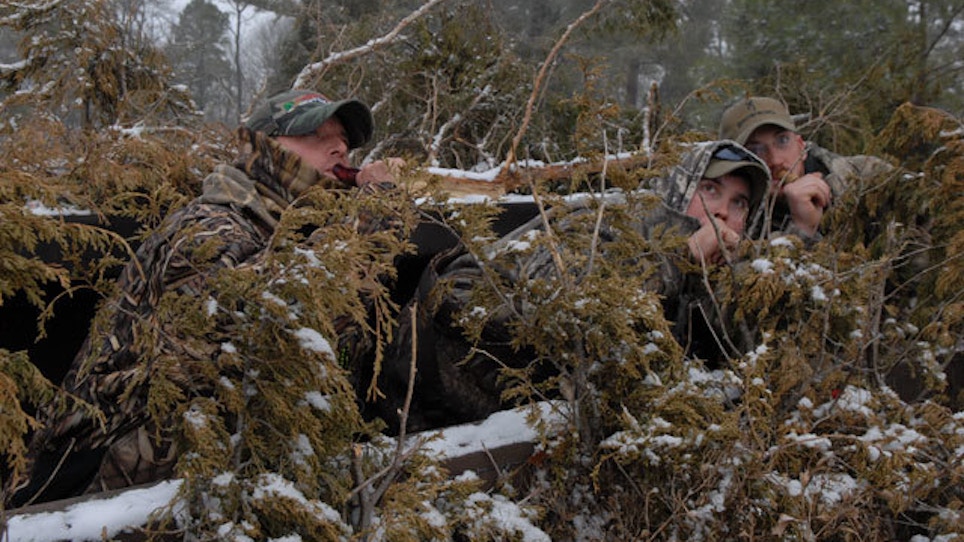Would you yell in your buddy’s ear to get his attention when he’s sitting 6 feet away? Would you whisper to him if he’s 200 yards out? No and no.
Volume control is as important when you’re talking to geese as it is when you’re talking to people. You want to speak in the correct volume to get your point across without being offensive.
Short-reed goose calls are the most common calls hailing and clucking to honkers in fields and marshes across North America today. Blow one and you’ll quickly learn how important your hands are for generating the back pressure needed to produce the various goose vocalizations.
But your hands also are key for controlling volume with a short reed. Raising or lowering the volume is not just about adjusting the amount of air you put through the call.
When a flock is far off in the distance, open those hands up so they form a cone around the barrel of the call. In this position, your hands will help your calls reach out far. Of course, you will want to push as much air as you can through the call to assist in generating volume.
As the birds draw closer, you can start to close your hands around the barrel to generate more back pressure and to quiet the call. The beauty of short reeds is that, when the geese are in real close, you can close your hands tight around the barrel to really tone down the volume. As long as there is a tiny little air pocket in your hands, the call will produce the soft clucks, moans and feeding murmurs you want to make to seduce those birds into shotgun range.






